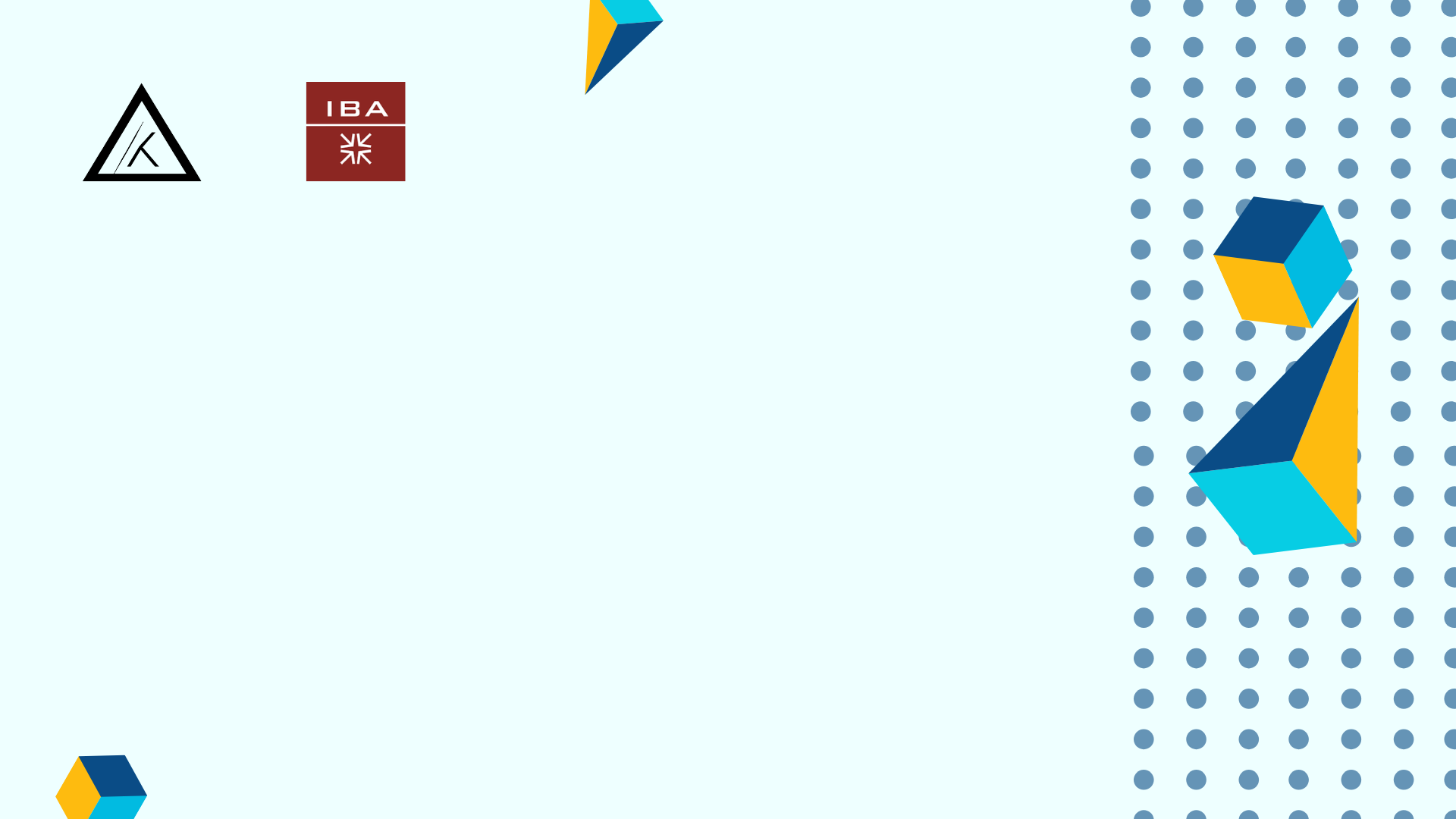Do Less, Learn More
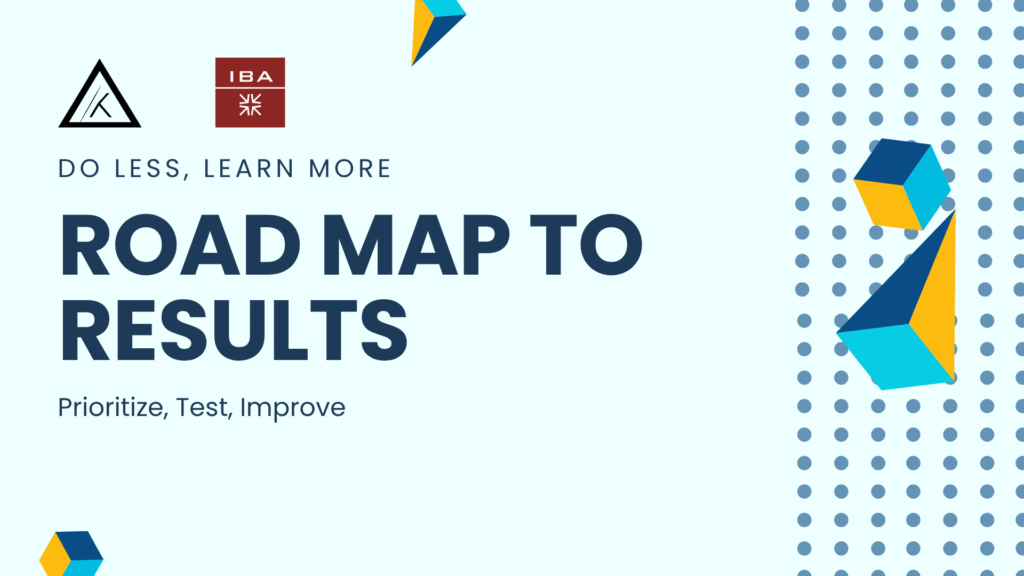
In marketing and product growth, more effort doesn’t always mean more results. The smartest teams achieve more by doing less — but learning faster.
The Roadmap to Results is about maximizing impact with minimal action. It’s built around a simple cycle: Prioritize, Test, Improve. You focus on what matters most, run focused experiments, and continuously refine your approach.
This mindset not only saves time but compounds learning. Each iteration teaches you something valuable about your users, your messaging, and your product experience.
What Is Conversion Rate Optimization (CRO)?
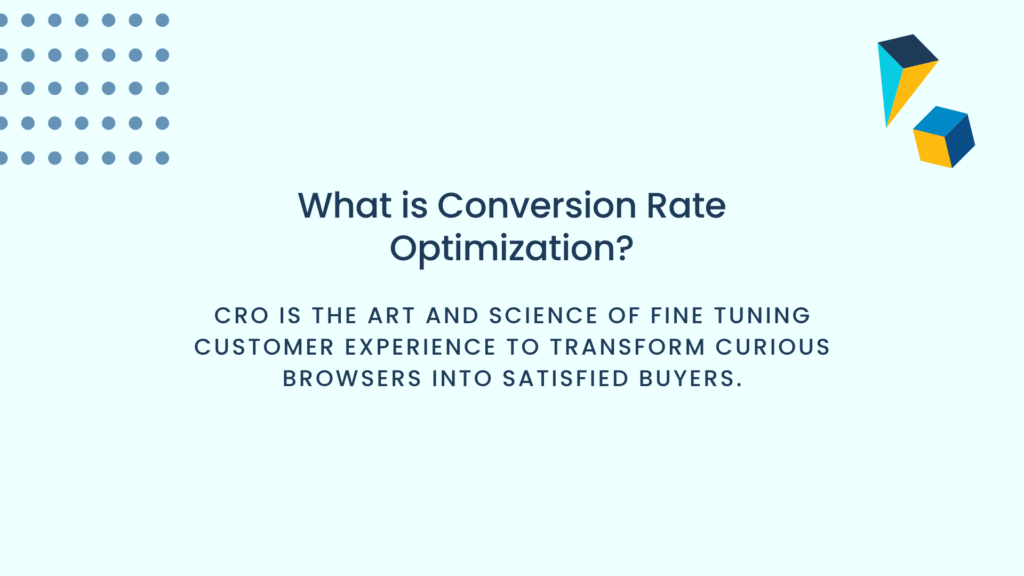
CRO is both art and science. It’s about turning curious visitors into satisfied customers through thoughtful design, testing, and insight.
It’s not about random tweaks — it’s about understanding why users behave the way they do and optimizing their journey accordingly.
In essence, CRO transforms browsing into buying by combining creativity with data.
Why CRO Matters
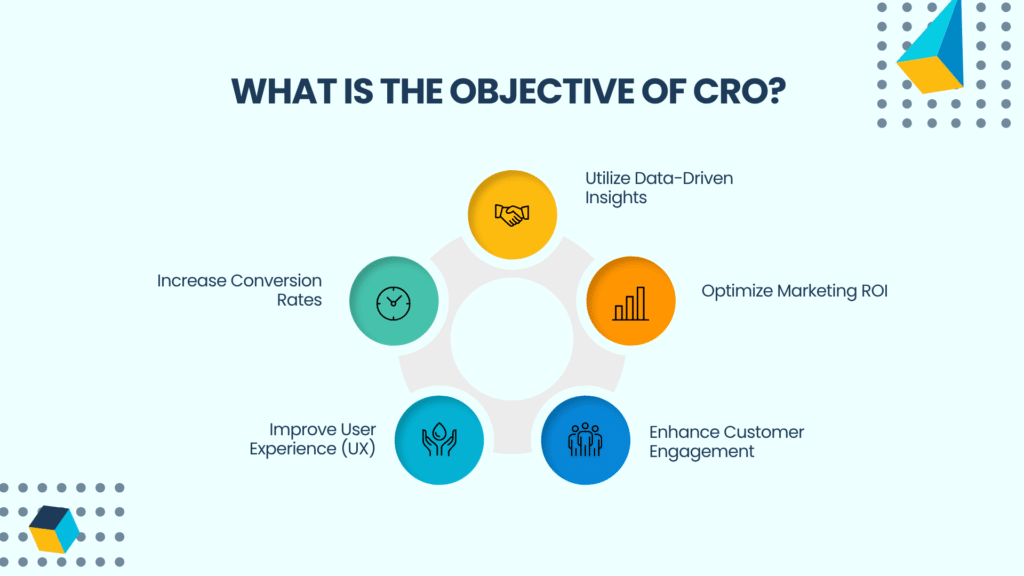
Every CRO effort has five big goals:
- Increase Conversion Rates — Turn browsers into buyers.
- Improve User Experience (UX) — Make the journey smooth and delightful.
- Enhance Engagement — Keep customers coming back.
- Use Data-Driven Insights — Let numbers guide your next move.
- Optimize ROI — Get more value from every marketing dollar.
When done right, CRO doesn’t just lift metrics — it changes how your customers experience your brand.
The ResearchXL Model: Where to Start

To get real results, you need structure.
The ResearchXL framework, developed by Peep Laja, provides seven lenses for optimization:
- Heuristic Analysis
- Technical Analysis
- Web Analytics
- Mouse Tracking
- Copy Testing
- Qualitative Surveys
- User Testing
Each method helps you uncover friction, reveal insights, and create better experiences. Let’s break them down.
1. Heuristic Analysis: The Expert Eye

Heuristic analysis is a professional review of your digital experience using best-practice principles — before you even run tests.
Experts evaluate five dimensions:
- Relevance — Does it answer the user’s question?
- Clarity — Is it easy to understand?
- Value — Is there a clear benefit?
- Friction — What creates hesitation?
- Distraction — What’s pulling attention away from the goal?
Example:
A food delivery app should show pizza results when a user searches “pizza” — not desserts or burgers. The button should read “Place Order,” not “Continue.” And checkout should be simple, not cluttered with popups.
2. Technical Analysis: Fix What’s Breaking Conversions
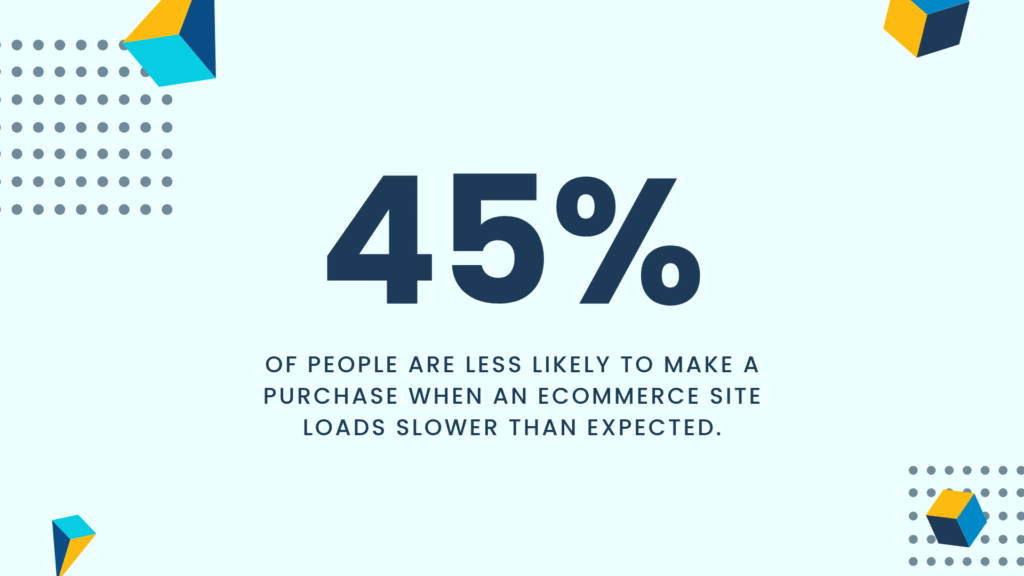
Even the best campaigns fail if your site loads slowly or breaks on certain devices.
45% of users abandon sites that load slower than expected — that’s almost half your audience gone before you even say hello.
Start with:
- Cross-browser and cross-device testing
- Core Web Vitals (LCP, INP, CLS)
- Speed and usability audits
A one-second delay can tank conversions. A simple optimization — like fixing an Android payment API — can recover thousands in lost revenue.
3. Qualitative Surveys: Hear It from Your Users
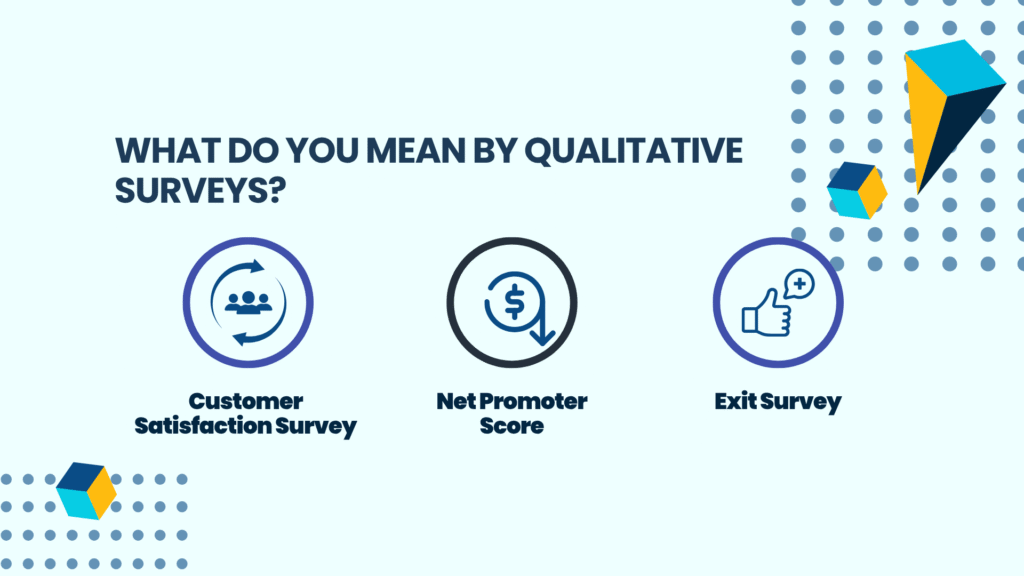
Numbers tell you what’s happening — surveys tell you why.
Run:
- Customer Satisfaction surveys to track happiness
- NPS (Net Promoter Score) to measure loyalty
- Exit surveys to uncover what’s driving users away
Example:
“Delivery fee too high” → Test a free delivery threshold.
“Didn’t trust payment” → Add visible security badges.
“Menu too confusing” → Simplify categories.
Every piece of feedback is a clue to better retention.
4. Web Analytics: Turn Data into Direction

Google Analytics (GA4) isn’t just a dashboard — it’s a window into your users’ behavior.
Use it to identify:
- Peak hours for traffic (e.g., Biryani orders at noon)
- Drop-off points (e.g., 45% of users abandoning checkout)
- Retention gaps (e.g., users not returning after promos)
Then act. Simplify checkout, tailor offers, and promote products when users are most active.
5. Copy Testing: Test the Words That Convert
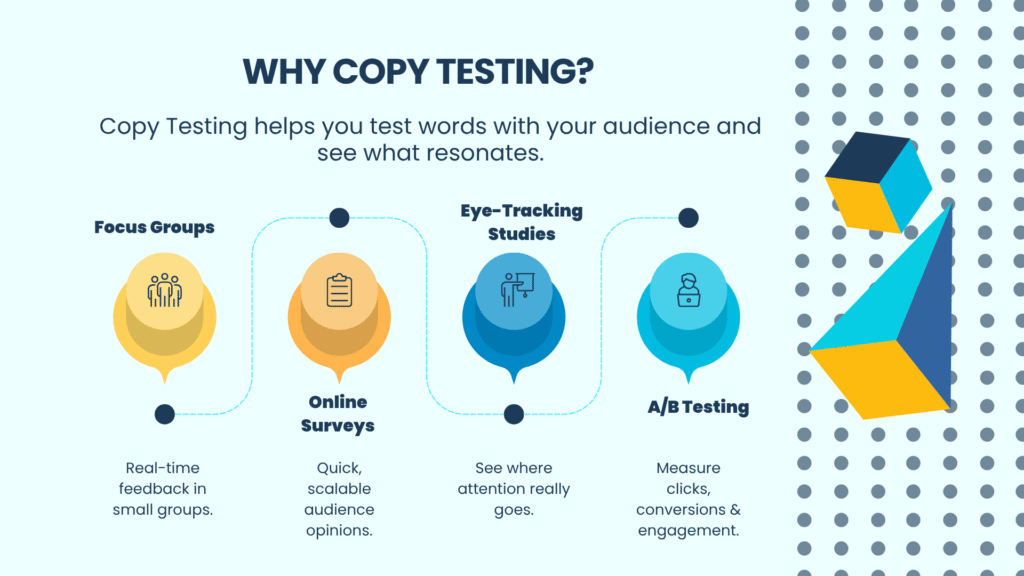
Words sell — but only the right ones.
Copy testing helps you discover what resonates.
Example:
- “Dinner in 30 mins or it’s free” outperformed “Fastest delivery.”
- “Free Delivery Above $10” worked better than “Low delivery fees.”
Clarity and value beat generic buzzwords every time. “Tasty & Fresh Meals” sounds nice — but doesn’t move people to click.
6. User Testing: Watch Real People Use Your Product
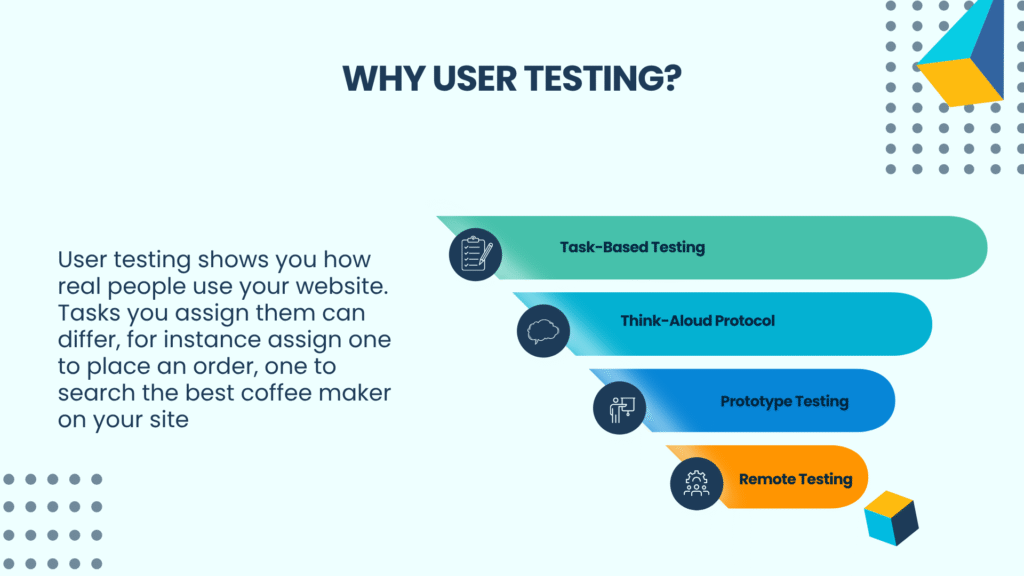
Assign users real tasks — like placing an order or searching for “vegan” — and observe.
You’ll see:
- Where they get stuck
- What they overlook
- What they love
Example:
- “Family Combo” ordered in 3 clicks → success.
- “Remove topping” confusion → fix UX.
- Push notification “Your order is 10 min away” → high satisfaction.
These are the micro-moments that define great UX.
7. Mouse Tracking: The Invisible Story
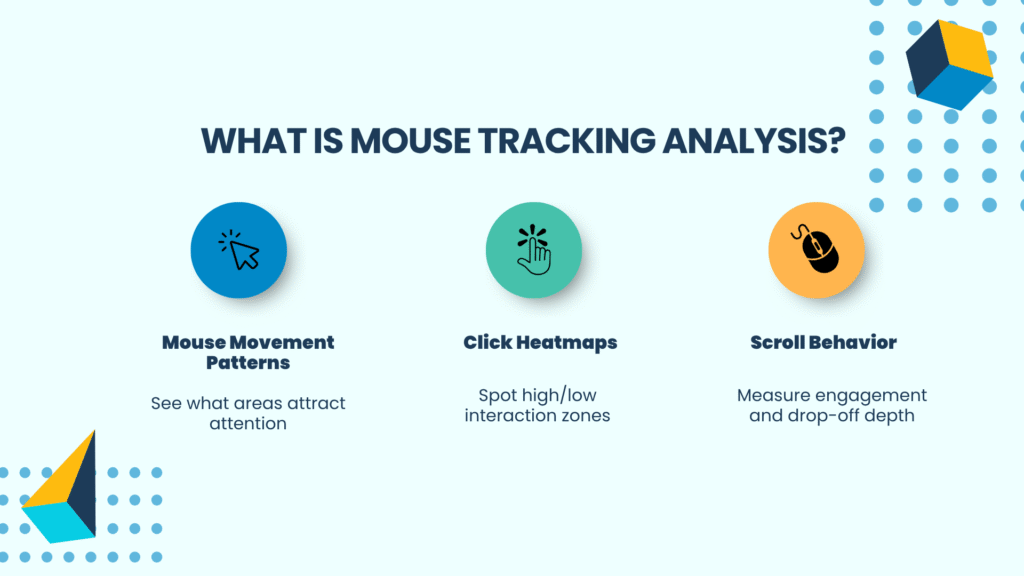
Mouse tracking visualizes user attention through heatmaps, scroll maps, and click paths.
You’ll learn:
- Where users hesitate
- Which elements draw the most attention
- How far they scroll before losing interest
Example:
Users hover over “Apply Coupon” but never click → unclear CTA.
No one interacts with the homepage banner → wasted real estate.
Heavy activity on “Track My Order” → high intent opportunity.
The CRO Mindset
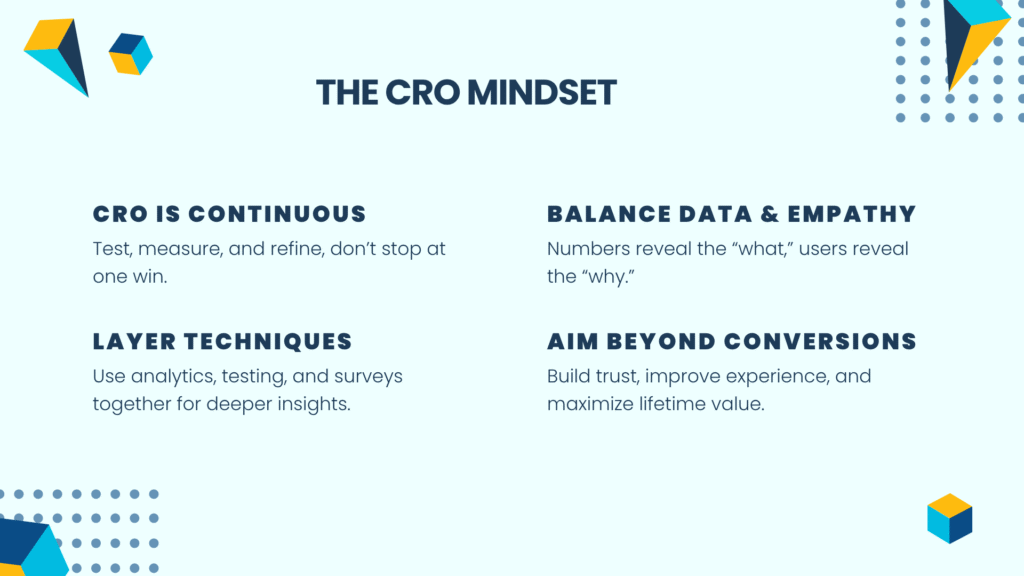
Conversion Rate Optimization isn’t a one-time project — it’s a continuous loop.
- Test, measure, and refine — don’t stop at one win.
- Layer your methods — combine analytics, testing, and surveys.
- Balance data with empathy — numbers tell you what, users tell you why.
- Aim beyond conversions — focus on trust, loyalty, and long-term value.
Every click tells a story.
Our job is to listen, adapt, and optimize.
Visitors → Engaged Users → Customers → Loyal Advocates
CRO is never “done.” It evolves — just like your audience.
Prioritize smartly, test fearlessly, and keep improving.
